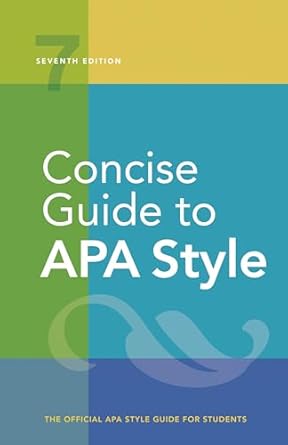[toc]
avoid misplaced modifiers grammar tips for clear writing
Concise Guide to APA Style: 7th Edition (OFFICIAL)
Page 73 Review
Grammar and Usage: A Closer Look at Clarity
Precise vs.
Imprecise Language
The excerpt highlights the importance of precision in language, particularly in academic or technical writing.
It contrasts precise and imprecise phrasing, using a simple example:
“Participants were leaving because the light turned green.” (Precise)
“Participants were leaving since the light turned green.” (Imprecise)
The subtle difference between “because” and “since” can impact the clarity of the sentence.
While both indicate a cause-and-effect relationship, “because” directly states the reason, whereas “since” can sometimes imply a temporal relationship rather than a direct cause.
This seemingly small distinction underscores the need for careful word choice.
Misplaced and Dangling Modifiers: A Common Pitfall
The core of the excerpt focuses on misplaced and dangling modifiers, a common source of confusion in writing.
The text explains:
“An adjective or an adverb, whether a single word or a phrase, must clearly refer to the word that it modifies.
Having modifiers without clear referents can make it hard for readers to follow the logic of your sentence.”
This principle emphasizes the direct relationship between modifiers and the words they describe.
A disconnect can lead to ambiguity and misinterpretation.
Misplaced Modifiers Explained
Misplaced modifiers occur when the position of a modifier creates ambiguity.
The excerpt provides a clear definition:
“Because of their placement in a sentence, misplaced modifiers ambiguously or illogically modify a word.”
The solution is straightforward: “Eliminate misplaced modifiers by placing an adjective or an adverb as close as possible to the word it modifies.” The excerpt illustrates this with several examples.
Analyzing Examples of Misplaced Modifiers
The excerpt uses an “Incorrect/Correct/Rationale” format to effectively demonstrate the problem and solution.
Example 1: Procedure and Participants
Incorrect: “Using this procedure, the investigator tested the participants.”
Correct: There are two possible corrections, depending on the intended meaning:
- “The investigator tested the participants who were using the procedure.”
- “The investigator tested the participants using this procedure.”
Rationale: “The incorrect sentence is unclear about whether the investigator or the participants used this procedure.” The correction clarifies who is using the procedure.
Example 2: Assumption and Model Development
Incorrect: “On the basis of this assumption, we developed a model.”
Correct: There are two possible corrections, depending on the intended meaning:
- “Based on this assumption, the model…” (This rewrites the sentence to focus on the model itself)
- “Based on this assumption, we developed a model.”
Rationale: The original (and first listed ‘correct’) construction implies “we are based on this assumption,” which is illogical.
Both listed corrections resolve the ambiguity.
The Word “Only”: A Special Case
The excerpt dedicates specific attention to the placement of the word “only”.
The rule is simple: “Place ‘only’ next to the word or phrase it modifies.”
Incorrect: “These data only provide a partial answer.”
Correct: “These data provide only a partial answer.”
Rationale: The corrected sentence emphasizes that the answer itself is partial, not the act of providing it.
Squinting Modifiers: A Deceptive Trap
Squinting modifiers are a particularly tricky type of misplaced modifier.
The text describes them as follows:
“Squinting modifiers are a type of misplaced modifier.
Because of their ambiguous placement, they make it difficult to tell whether the modifier refers to the phrase before or after the modifier.”
Example: Reading Slowly
Incorrect: “My comprehension is improved when I read slowly.”
Correct: There are two possible corrections, depending on the intended meaning:
- “My comprehension is improved when I read slowly.”
- “Reading books slowly improves my comprehension.”
Rationale: It’s unclear whether the reading or the improvement is slow.
The corrected sentences eliminate the ambiguity.
Conclusion
This excerpt offers a concise yet comprehensive guide to understanding and correcting misplaced and dangling modifiers.
By focusing on clarity and precision, writers can ensure their message is accurately conveyed and easily understood.
The examples provided, along with the “Incorrect/Correct/Rationale” format, offer practical tools for improving writing skills.
Buy full ebook for only $18: https://www.lulu.com/shop/american-psychological-association/concise-guide-to-apa-style-7th-edition-official/ebook/product-rmzpq54.html?page=1&pageSize=4


Leave a Reply